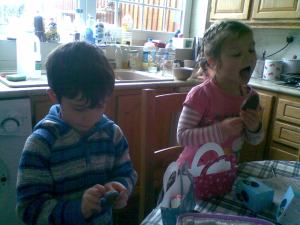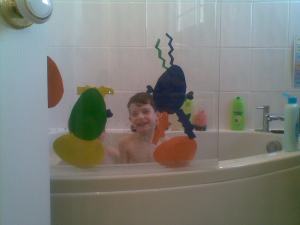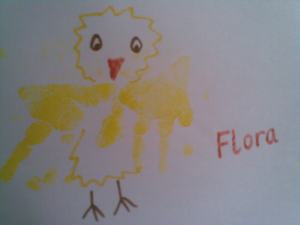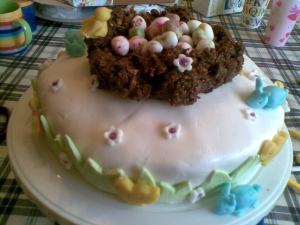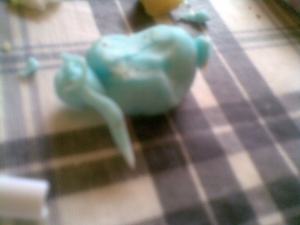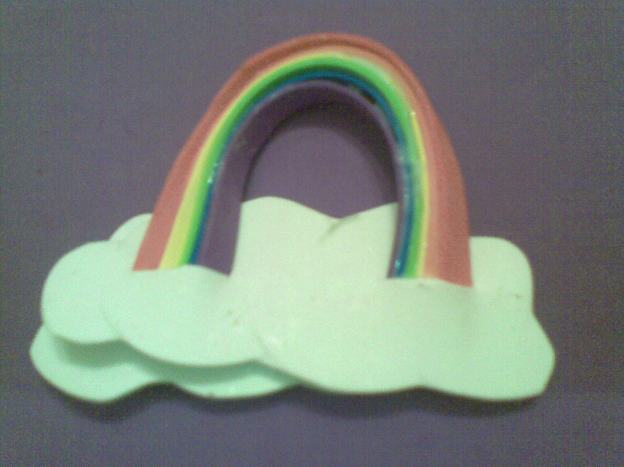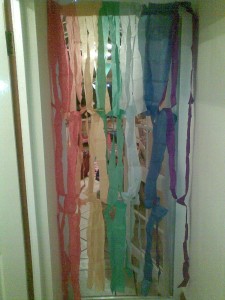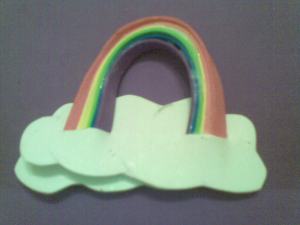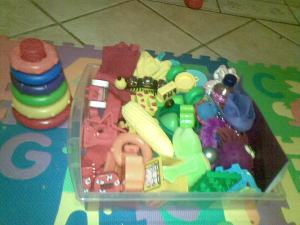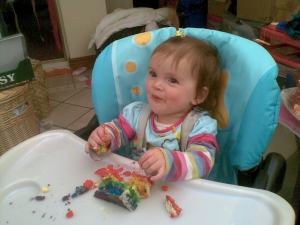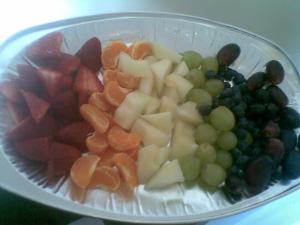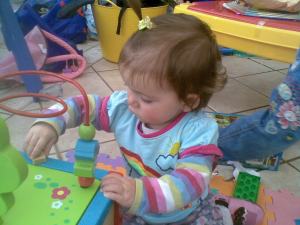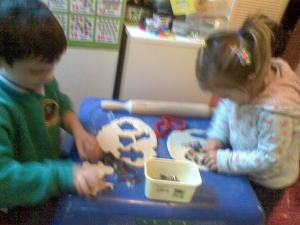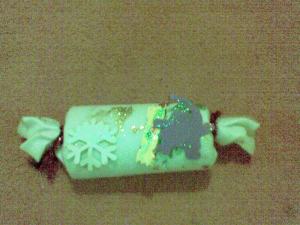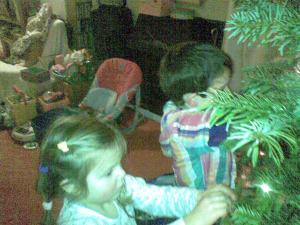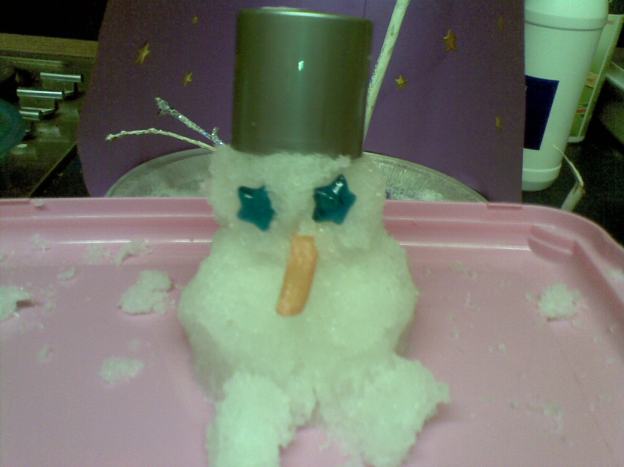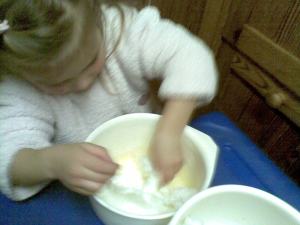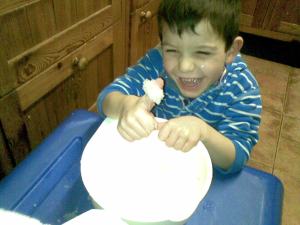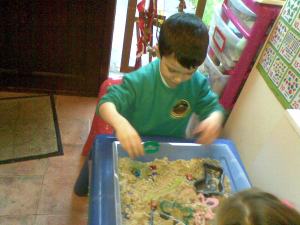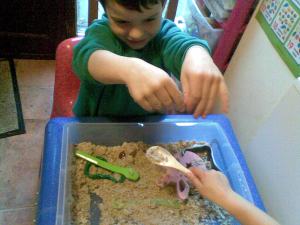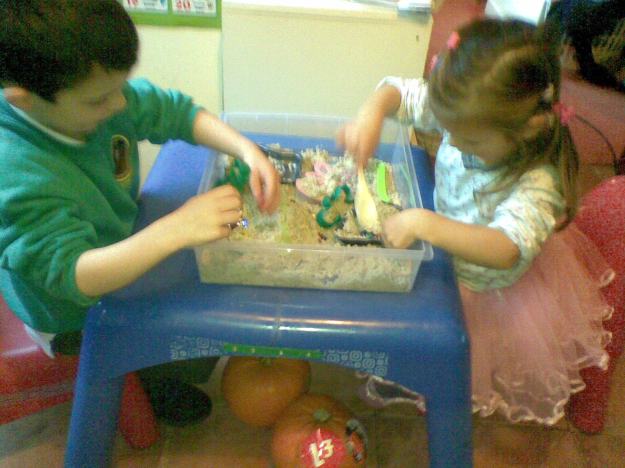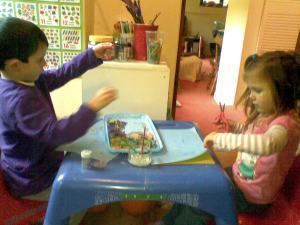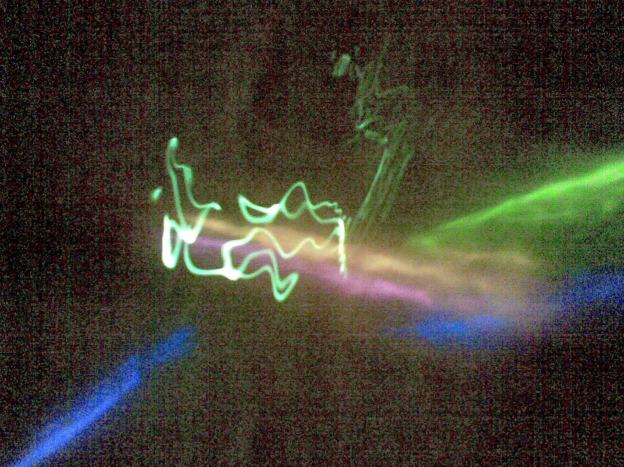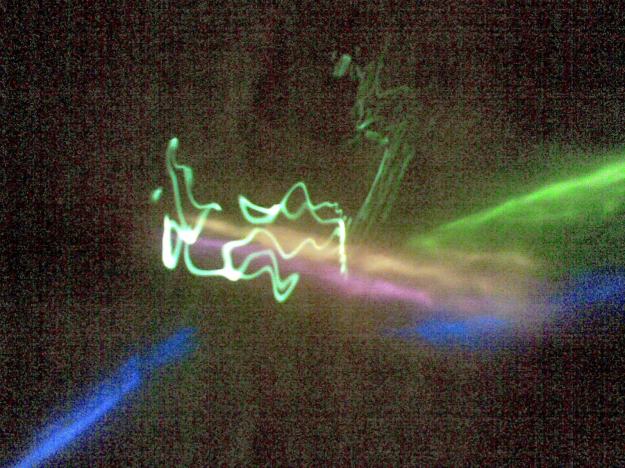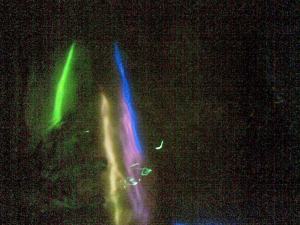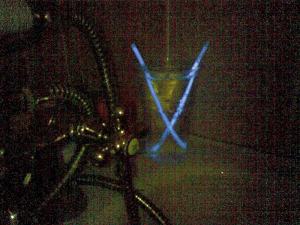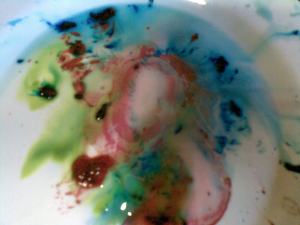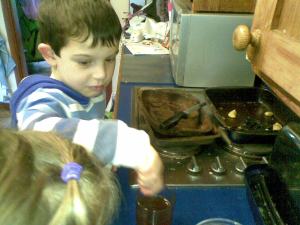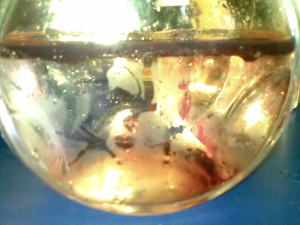…Better late than never!!
Easter happened during our break from blogging – but rather than leave it out, I’ve decided to share the things we did so that we have a record for ourselves, and ready to share ideas next year!
Easter wouldn’t be Easter without an egg hunt – I also think that less chocolate, more fun is a better balance. Not that I’m opposed to chocolate but at Christmas and Easter the levels can get ridiculous if unchecked! So our poor deprived children shared a bag of mini eggs which they found hidden around the house, by following clues.
L had been writing poetry that week, using a rhyming words bank, and so L’s clues involved finding the rhyming word. N’s clues were simpler, and involved a very basic riddle.
Just for fun, here are our treasure hunt clues:
Once upon a time, there was an Easter bunny
Who thought hiding his eggs was funny!
On Easter morning, while we were out,
He left L** and N****’s eggs hidden all about!
And then he wrote a little rhyme
So they could find their eggs in time –
“I’ve hidden your eggs around in twos
To find them you must read the clues,
First L**’s turn, and N****’s then,
Then back to the beginning – L**’s again!
So off we go, let’s have some fun,
Your treasure hunt has just begun!”
The first clue is for L** to read,
I know he is a good reader indeed.
This clue is tricky, that’s for certain
Look behind the living room *******.
Aha – you found them! Now N****’s turn
To look in the place where a fire might burn.
For L**’s clue, get down on your knee
To find out where those eggs might be.
Get down on the floor, if you are able,
And look under the kitchen ******.
N****, look inside your bed
– You’ll find your eggs where you rest your head.
Quickly L**, zoom, zoom, zoom,
The next one’s still in your bedroom.
You’re doing well at this hunting race
– Go and look in your book ****.
Hello N****!
Splish, splash, splosh!
You’ll find the eggs where you have a wash!
You’re so close, Leo, they’re near the floor,
Just look behind the bathroom ****.
Think hard, N****, and have a peep
In the place where a baby girl might sleep.
Look around, L**, look up and down,
You’ll find eggs in Mummy’s dressing ****.
N****, this is your last clue
They’re near the front door, where you keep your shoe!
You’ve found most of your eggs by now
Just one more clue to tell you how
You’ll need to look where your clothes get clean
The eggs are inside the washing *******!!
Well done, little girl and boy!
I hope these eggs have brought you joy.
They’re made of chocolate, delicious and sweet,
And now it’s time for you to eat –
Don’t let them melt
(They’ll go all runny)
– With lots of love from the Easter Bunny!!
L and N arrived home from church to find that Daddy had got into the spirit of things – a rabbit greeted them on the doorstep, along with two baskets, and the eggs had been hidden around the house.
The great thing about the egg hunt was that it required co-operation. L needed to help N read the clues, and also practise the skill of restraining himself from giving the answer on her “turn” (and he really does need to practise this!). It also required sharing, and a little bit of maths as they divided the eggs between them after each clue.
At the end of the hunt, the children discovered for the first time the joy of Kinder Eggs – I’m sure there must be fine motor skills benefits to opening them and playing with the tiny toy!
The other great thing about the Easter Egg Hunt – a morning’s fun for the grand total of £3 between the two children – an egg hunt kit from poundland, plus the mini eggs!
Also at the end of the hunt, each child found a home made game. That sounds slightly more impressive than it actually was, but they loved it anyway and we have used them quite a bit since. They consisted of cut out Easter egg shapes, then cut in half, with a little bit of fun learning.
N’s game was designed to teach her to recognise capital letters, and it’s actually worked brilliantly – she can recognise them all after playing the game a handful of times. We played this one as a game of “pairs”, matching upper and lower case letters. Snap would work equally well.
The game was also good for L in that it allowed him to practise turn-taking, sharing, concentration, observation and again that valuable skill of not correcting N and being kind to a younger child who is still learning what he already knows.
L’s game involved number bonds to ten:
Unfortunately, I haven’t got a good picture, but it involved egg halves which needed to be matched to make a total of ten – 0 and 10, 1 and 9, 2 and 8, etc, etc.
It was a good game, but one that needed to be played with L alone. When N interrupted and became frustrated by not being able to understand it, L declared it “too boring” and wandered off, but when I brought it out again as a special quiet time activity, he loved it.
We ended Easter Sunday by decorating foam Easter Eggs in the bath! These were made quickly and easily using craft foam. L and N did some of the cutting, and we have also used them to explore repeating patterns and geometric shapes.
L and N also used the shapes in unexpected and creative ways – a lilypad for a duck, and to make aliens!
We also did (guess what) a lot of crafts over the Easter holidays (any excuse!). Grandma and Nana were kind enough to send craft supplies instead of chocolate, and the children’s big cousin wrote a lovely letter full of craft ideas! So we got busy…
The fun we had was as good as the finished products. We were in our element, surrounded by goodies such as feathers in all colours, polystyrene eggs, different kinds of paints, googly eyes, papier mache eggshells, and more besides, plus some books of craft ideas! Even F wasn’t left out – she loved making handprint chicks, finger painted easter eggs, and learning to make marks with felt tips, crayons, pencils… Meanwhile, LI and N practised cutting out, selecting materials, glueing, shape and space, and fine motor skills, all whilst having fun making Easter crafts.
We also made some very simple but effective cards for friends and family, using insulating tape to make a cross on the front of the card, which all three children could then paint over, and the tape was removed to leave a cross once the paint had dried.
L and N then wrote in their cards, bringing in some sneaky writing practice for the boy who only wants to email, and giving N practice at forming letters, and writing her name independently.
We also went wild in the kitchen, making our Easter cake, topped with a chocolate coated weetabix nest!
L and N had great fun with the leftover fondant and some cutters, and were thrilled to be given access to my proper grown-up shaping tools!
I usually find that when they are trusted, and they know it’s important, they live up to the responsibility. The novelty of playing with something normally out of bounds made this really exciting, and they both felt very grown-up doing “proper” sugarcraft. It is full of benefits in strengthening hand muscles needed for writing, fine motor skills (again) and developing creativity. They also copied some of the animals I had made, so developing skills of observation. Even F enjoyed playing with some pieces of fondant (and I didn’t have to worry too much if she ate some!)
And last but not least, this was the year I decided to introduce the story of the Crucifixion. As a Christian family, we have thought long and hard about this. How to introduce something that is really beyond our own understanding? How to convey the meaning of Easter without traumatising the children? Until this year, we settled on “Easter is when God showed us how much he loves us”.
There could be no introducing it to L without N. The chances of him not sharing this new information with her were slim to none – so together we watched a children’s DVD explaining the Easter Story, read passages from the Bible, drew pictures, arranged pictures from the story in sequence, and encouraged any questions from the children. There were many, and some we couldn’t answer. But I needn’t have worried about L, who ended up telling me the story, having read it himself in the children’s Bible! This made me all the more glad we had decided to explore the story together, to allow him to ask any questions he had.
L and N were also lucky enough to make these fantastic Gethsemene gardens at the village church, which I can take no credit for whatsoever, but am sharing because I think it is a brilliant idea. Here is a blog about something similar.
Next year, we also plan to try resurrection cookies as a way of exploring the Easter story.
There we have our Easter, we hope you had as much fun as we did!!



